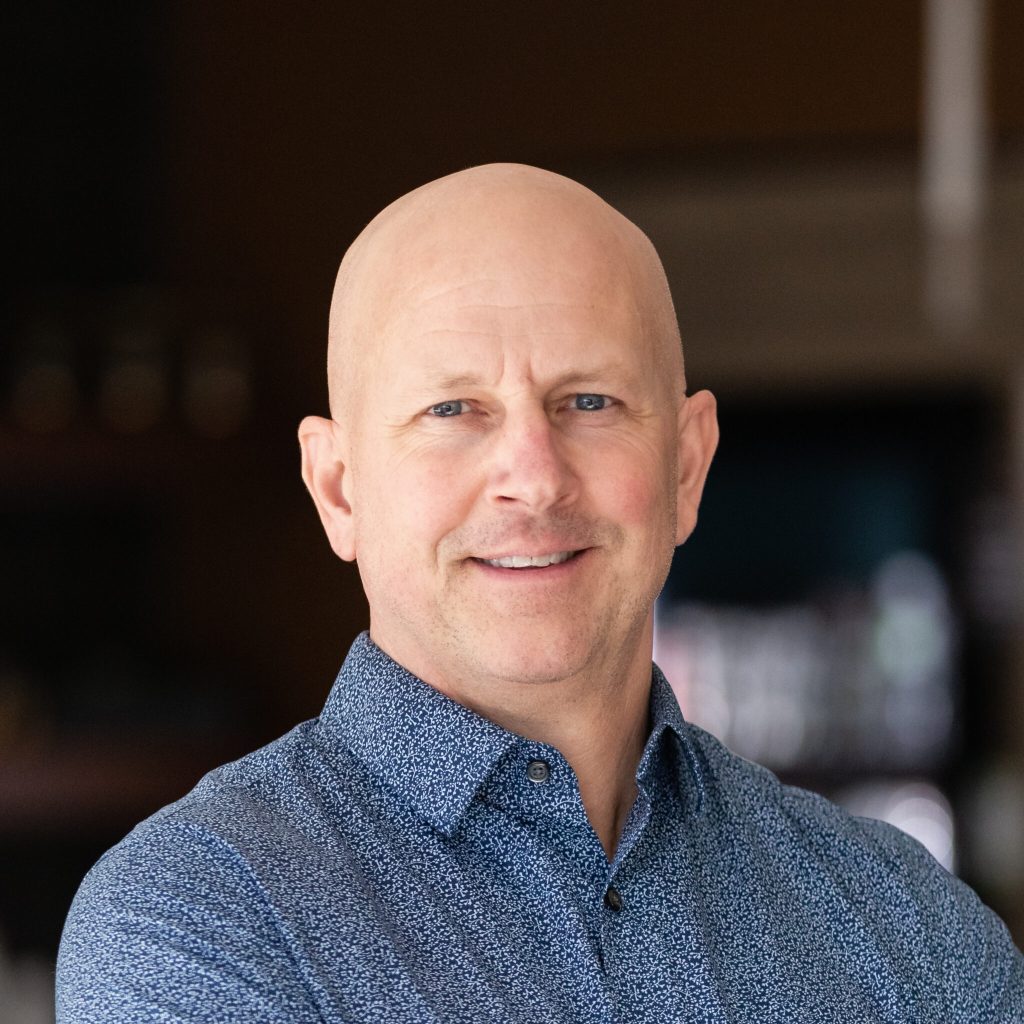October 15, 2024
By Jim Stremel, Sr Professional Engineer, WSB
In today’s rapidly evolving world, the pressure on public infrastructure to meet the increasing demands of population growth, environmental changes, and technology has never been greater. As we navigate these challenges, the role of professional engineers in the public sector has become indispensable. These engineers are at the forefront of designing, constructing, and maintaining the essential systems and structures that serve our communities, from roads and bridges to water treatment facilities and sewer collections systems.
Employing a professional engineer for modernizing infrastructure seems like a logical requirement, but few people understand how licensure is related to the profession. Similar to how doctors view the Hippocratic oath, professional engineers are not only dedicated but required to protect public health, safety, and welfare. Professional engineers bring a blend of technical expertise, innovative thinking, and strategic planning to the table. They are not just problem solvers but also visionaries who foresee needs and challenges in the future. For instance, the integration of smart technologies into infrastructure projects can enhance efficiency and sustainability. Imagine roads that charge electric cars as they drive, or bridges equipped with sensors to monitor health and safety in real time. These are no longer figments of imagination but real possibilities with modern engineering.
However, the path to modernizing public infrastructure is fraught with complexities. Engineers must navigate regulatory environments, budget constraints, and the need for public consensus. Moreover, the ethical implications of large-scale engineering projects require careful consideration to ensure sustainable and equitable solutions. This balance between innovation, practicality, and ethics is where professional engineers truly excel.
Collaboration is another crucial element. By working closely with government officials, community leaders, and the public, engineers help to ensure that projects not only meet technical specifications but also serve the broader community interests. This collaborative approach fosters transparency and trust, which are essential for the successful implementation of any public project.
At WSB, we understand the critical role that professional engineers play in public infrastructure. Our team of experts is dedicated to partnering with government agencies to deliver innovative, sustainable, and cost-effective solutions. Whether it’s revitalizing aging infrastructure or pioneering new projects, WSB is equipped to help navigate the complexities of modern engineering challenges. With our comprehensive services and commitment to excellence, we are here to support our partners in building a safer, more efficient, and sustainable future.
By leveraging our expertise, WSB not only contributes to the physical landscape but also to the well-being and progress of the communities we serve. Let us help you turn visionary plans into reality, ensuring that today’s infrastructure can meet tomorrow’s demands.
























